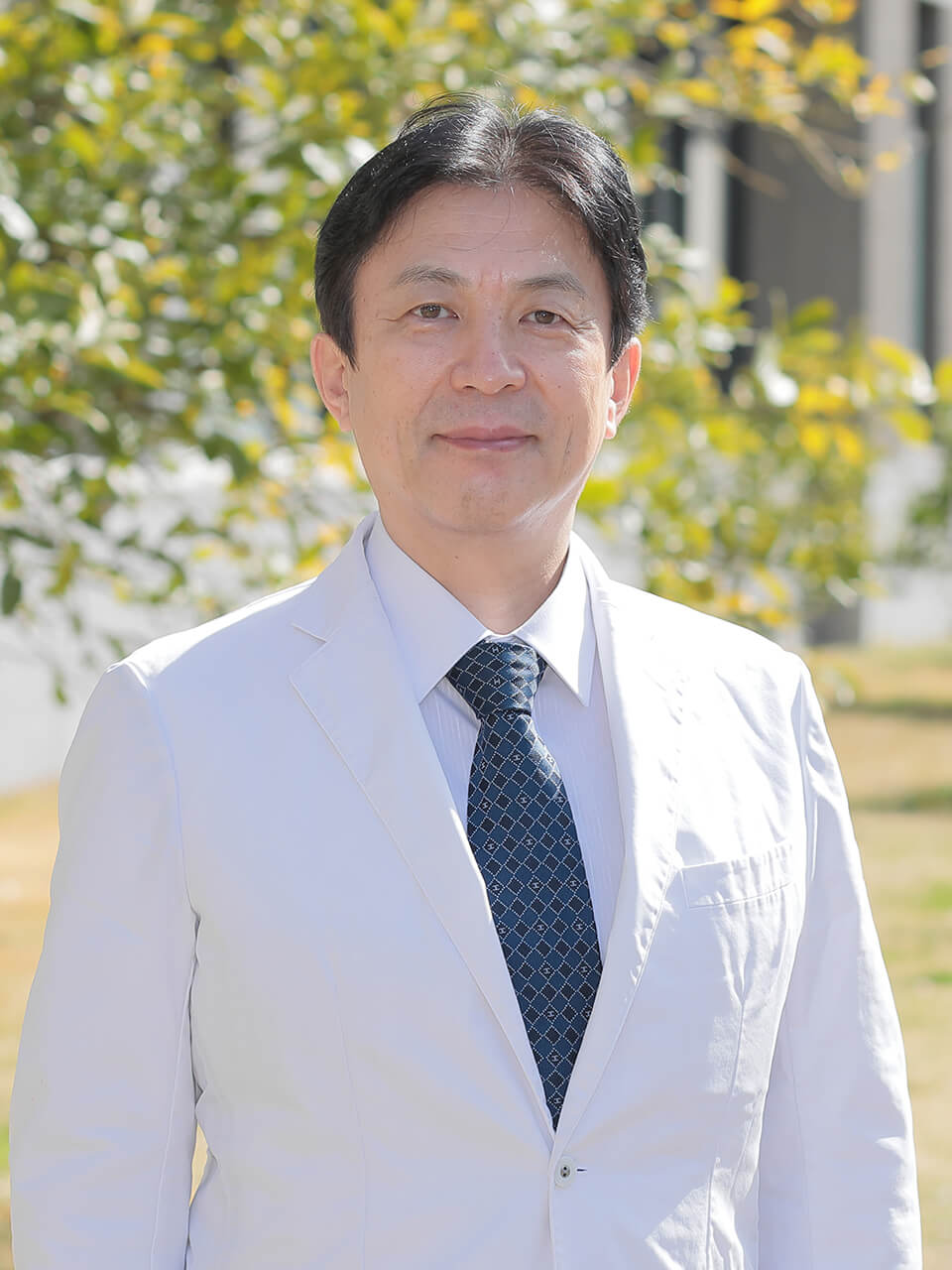- HOME
- Greeting
Greeting
This department was established in October 2008 for integration of the state-of-the-art technologies in medicine and engineering to conduct research on the etiology and pathophysiology of bone joint diseases and traumatic injuries, development of joint preservation treatment and reconstruction methods using artificial joints. These play an important role in increasing the healthy life expectancy in a super-aged society. Conventionally, in daily life, movements after total hip arthroplasty and its indication for young people have been restricted to prolong the service life of artificial joints. However, artificial joints that can withstand an active lifestyle for a long period are being developed as materials and design technologies improve.

Nobuhiko Sugano
Specifically, the use of specialized materials and designs, which have been studied in various fields (e.g., metallurgy, polymer chemistry, ceramics chemistry, and nanotechnology), for the bering portion of artificial joints are key in achieving long-term durability of artificial joints while maintaining a good activity level. Moreover, studies in collaboration with clinicians and engineers need to be conducted to evaluate the in vivo dynamics of such materials, changes in their physical properties, and effects of surgical procedures. These steps are expected to promote further development. Furthermore, computer-assisted surgical technologies that use navigations and robotics are necessary for the effective and safe clinical use of artificial joints that are manufactured using specialized materials and designs. Moreover, osteotomy, a joint-preserving treatment, needs to be performed pricisely in accordance with a biomechanically rational plan. Computer-assisted surgery is also important in regenerative therapy for osteonecrosis. In this department, we are developing the database of the morphology and pathology of joint diseases and traumatic injuries through computer-assisted surgeries (navigations and robotics). Based on the database, various epidemiological researches, image database construction, studies on the optimal installation method for artificial joints, biological reaction analysis of artificial joints, stress and failure analysis of the bearing portion of artificial joints, development of composite implants as the next-generation materials for artificial joints, and clinical application studies are ongoing.
